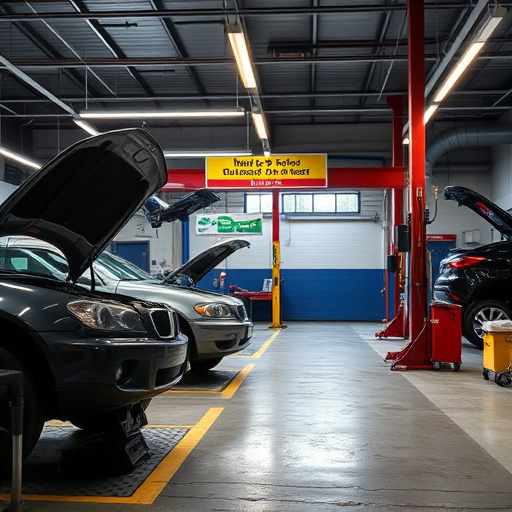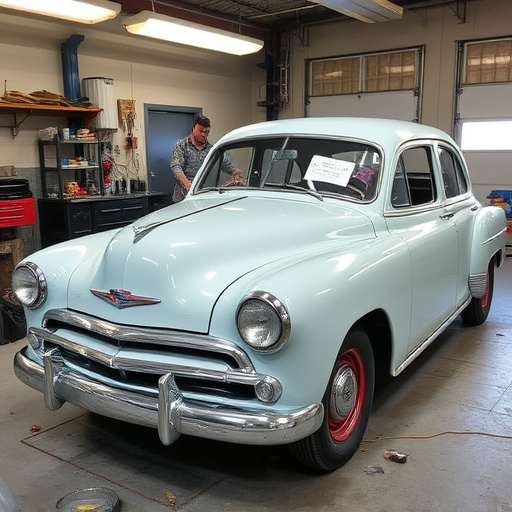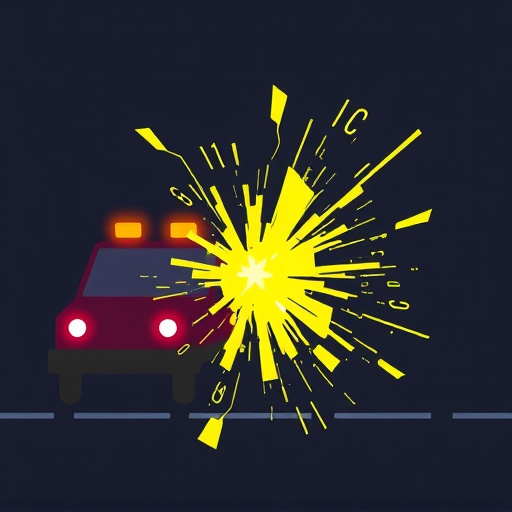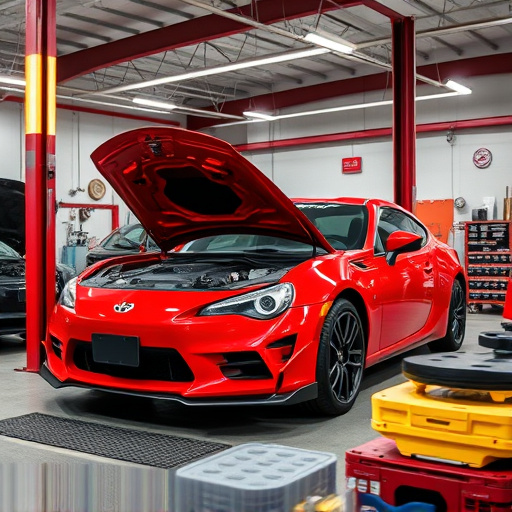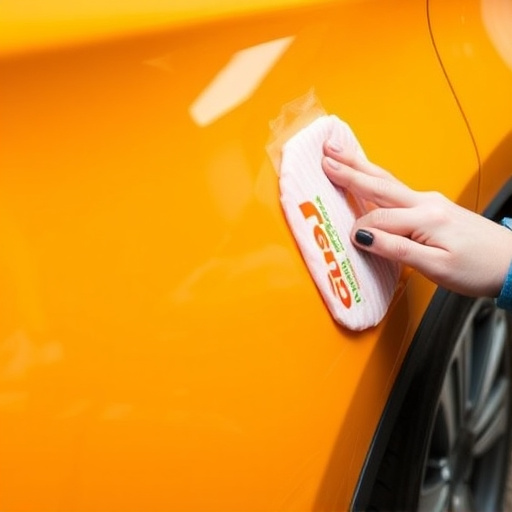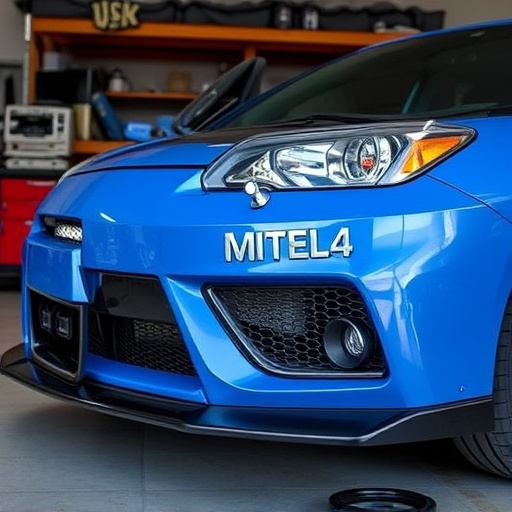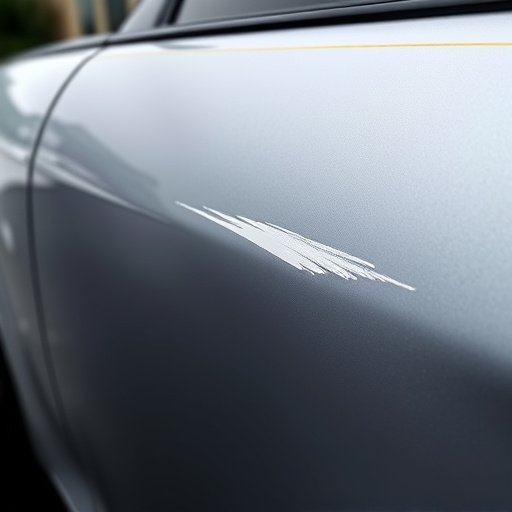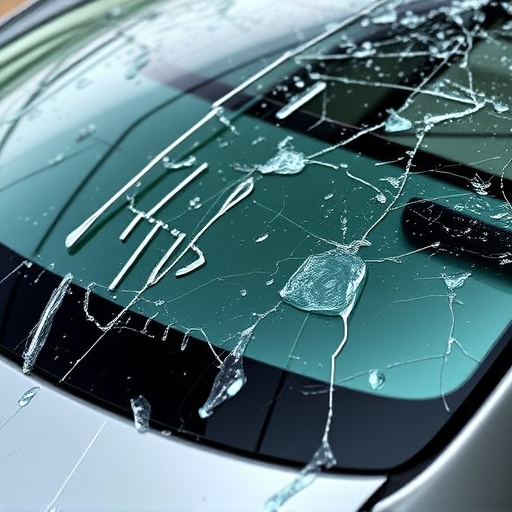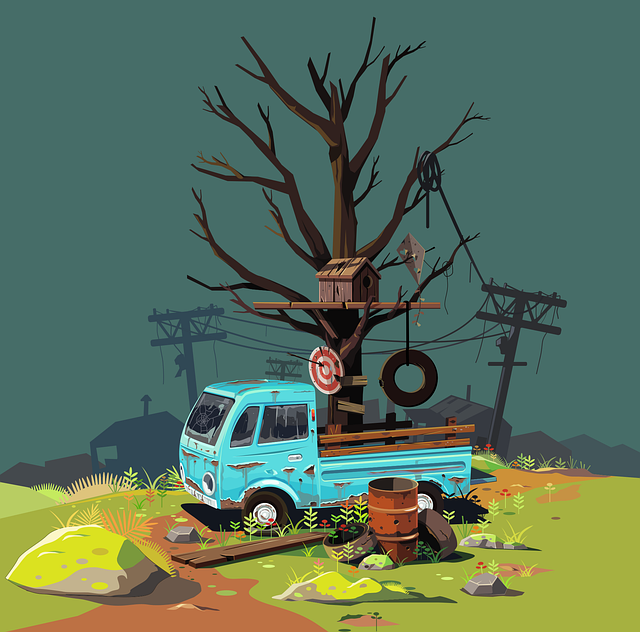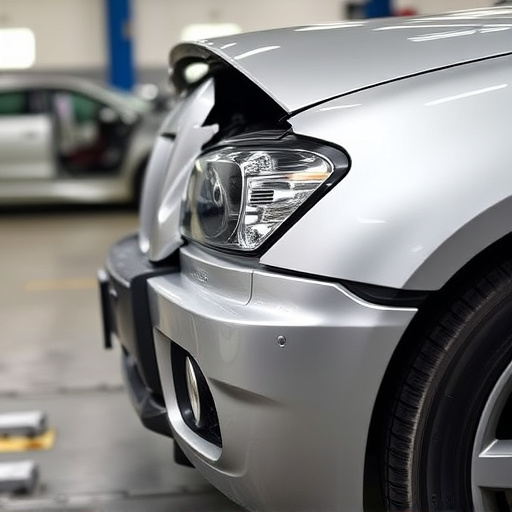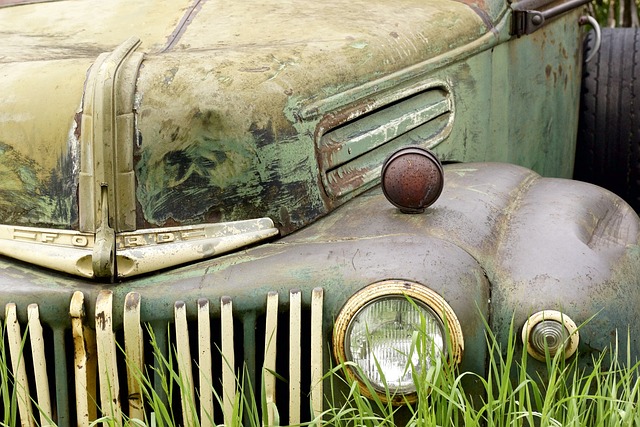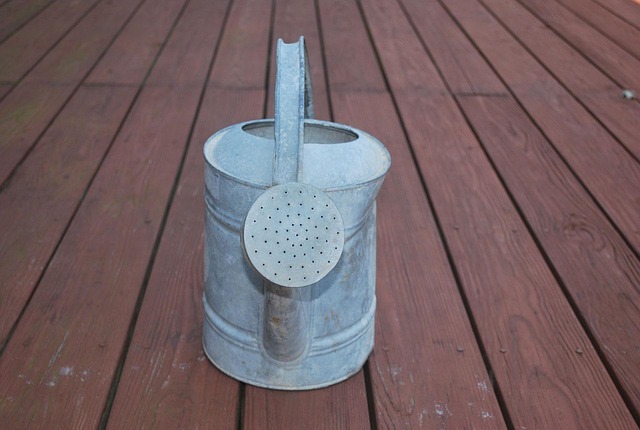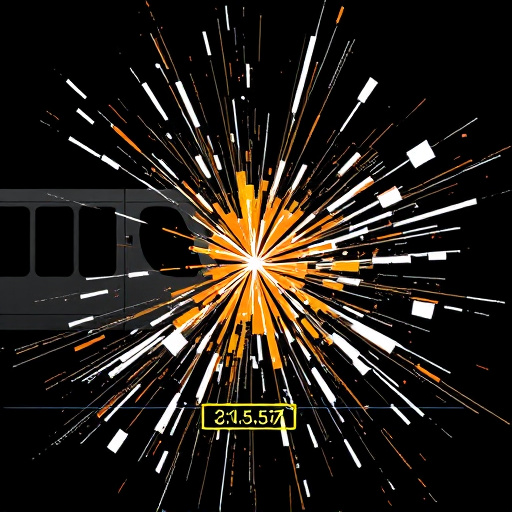A post-repair insurance inspection is crucial for ensuring vehicle repairs meet industry standards and are accurate, especially for auto glass, hail damage, or body restoration. An authorized appraiser assesses alignment, fit, structural integrity, visibility, and functionality of new installations. Proper documentation, including photos and records, aids in discussions with inspectors and can influence compensation outcomes. After a car accident, engaging with your insurance provider and having an adjuster inspect damaged components verifies repairs meet industry standards for pre-accident condition restoration.
Discover how a post-repair insurance inspection can ensure fair compensation after a repair or renovation. This comprehensive guide explores the process, from understanding the inspection’s purpose to navigating claims effectively. Learn why documenting evidence beforehand is crucial and gain insights into every step of managing your post-repair claim. Maximize your chances of receiving accurate reimbursement by implementing these strategic tips for a successful inspection.
- Understanding Post-Repair Insurance Inspection
- Gathering Evidence Before the Inspection
- Navigating the Post-Repair Claims Process
Understanding Post-Repair Insurance Inspection

A post-repair insurance inspection is a crucial step to ensure that your vehicle’s repairs are carried out correctly and meet industry standards. This process involves a detailed assessment of the work done, especially in cases of auto glass repair, hail damage repair, or car body restoration. The inspection aims to verify the quality of materials used, the proficiency of the repair techniques, and the overall safety and roadworthiness of the vehicle.
During this inspection, an authorized appraiser will examine various aspects, such as the alignment and fit of replacement parts, the integrity of structural repairs, and the visibility and functionality of any new glass installations. They’ll also check for signs of substandard work or potential future issues, ensuring that your claim is settled fairly. Understanding what to expect during this inspection can help smooth the claims process and guarantee you receive the best possible outcome after repairs for your car, whether it’s from a minor fender bender or significant weather-related damage like hail damage repair.
Gathering Evidence Before the Inspection

Before scheduling a post-repair insurance inspection, it’s crucial to gather all relevant evidence related to your vehicle’s pre and post-repair condition. This includes taking detailed photos of both the damaged areas and the complete car before any repairs begin. Documenting the extent of the damage is essential as it provides an accurate baseline for assessing the effectiveness of the hail damage repair or car body restoration process. Additionally, collect all communication records, estimates from multiple auto body shops, and insurance documentation to ensure a smooth inspection process.
Having comprehensive evidence ready allows you to confidently discuss any discrepancies or potential issues with the insurance inspector. It’s also beneficial for comparing the before-and-after state of your vehicle, making it easier to argue for compensation if necessary. Remember, meticulous documentation can significantly influence the outcome of your post-repair insurance inspection.
Navigating the Post-Repair Claims Process

After a collision or car accident, navigating the post-repair claims process is crucial to ensure your vehicle is restored to its pre-accident condition and that you’re fairly compensated for any necessary repairs. The first step involves engaging with your insurance provider to initiate the claim. During this initial contact, it’s important to discuss and document all damages, including those that might not be immediately apparent, such as hidden dents or paint imperfections. This is where a thorough post-repair insurance inspection plays a vital role.
A post-repair insurance inspection ensures that every repair is accurately assessed and approved by your insurance company before work begins. This process involves a detailed examination of the vehicle’s damaged components, including the exterior (like bumper repair), interior, engine, and mechanical systems. By conducting this inspection, your insurance adjuster can verify that the proposed repairs align with industry standards and are necessary to return your car to its original state—or as close as possible—after the collision at the local collision center or trusted car repair services.
A post-repair insurance inspection is a crucial step in ensuring your claim is handled accurately and fairly. By gathering evidence, understanding the process, and navigating it effectively, you can protect your interests and secure the compensation you deserve for your repairs. Remember, a thorough post-repair inspection can be a game-changer in resolving your insurance claim.
